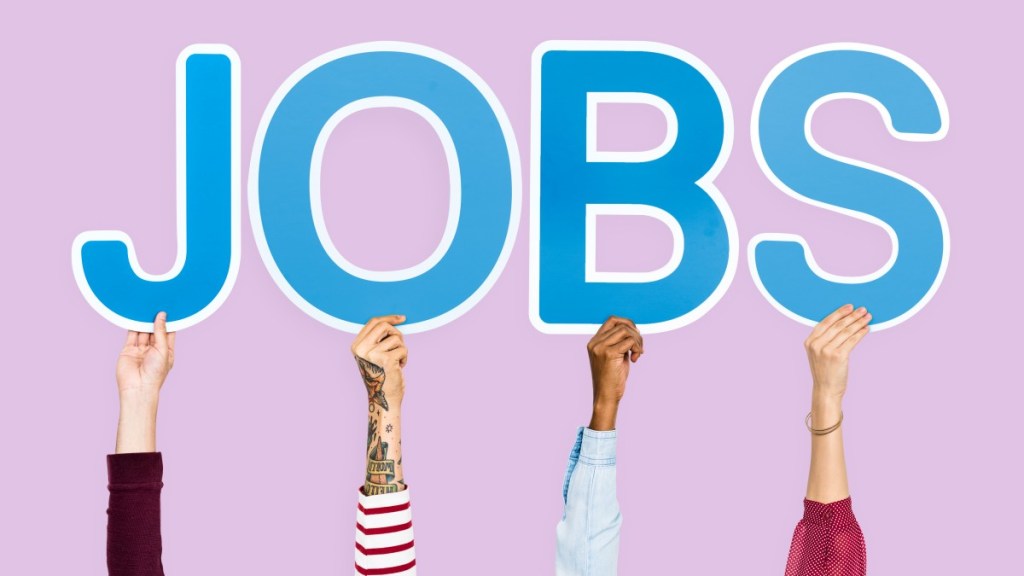The stage is set for roll-out of the Employment Linked Incentive Schemes (ELIs), under which the government will offer a sum of around Rs 15,000 to facilitate payroll addition by firms. Around 2 million first-time employees have already got their Universal Account Numbers (UANs) activated for the scheme and direct transfer of the amounts to their bank accounts will now be possible, Sumita Dawra, secretary, ministry of labour & employment told Priyansh Verma in an interview. We aim to notify the scheme by the end of the current financial year, or early FY26. We will ensure the mechanism is robust,” she said.
Q. By when will gig and platform workers start getting health insurance coverage, as announced in the Budget?
A. The Budget announcement is very meaningful for platform workers, as they are vulnerable because they are outside of the traditional employee-employer relationship. The platform workers are currently around 10 million, and by 2030 are expected to rise to 23 million.
To provide them with insurance under PM Jan Aarogya Yojana (PM-JAY), the first step is to get them registered under the e-Shram portal. A pilot initiative has already been undertaken in that regard by the labour ministry, and an aggregator module has been piloted enabling the digital platforms to onboard their workers on e-Shram.
We need a scheme to enable all the benefits to flow, and that needs Cabinet approval. We’ve begun discussions with the National Health Authority to form a plan (for the insurance coverage), and very soon, in the coming weeks, we’ll take it to the Cabinet. The scheme will be guided by the provisions of the Code on Social Security, 2020.
Q. How many companies have agreed to register their workers on e-Shram?
A. Most companies have agreed to onboard their workers, but a formal official notification will help expedite the process. So far, four major companies—Urban Company, Zomato, Blinkit, and Uncle Delivery—have already registered about 500,000 workers on the portal.
Q. The Economic Survey stressed on the need for deregulation. Which are the areas that require relaxing of regulations, from the perspective of employment generation?
A. The four labour codes are the laws that have relaxed many labour-related regulations. There are certain specific areas, where most states have already undertaken reforms, in their respective state laws, which are aligned with the provisions of labour codes.
In the last three-four years, many states have relaxed thresholds under contract labour, brought in provisions linked to fixed-term employment, and streamlined compounding of offences…as many as 18 to 25 states have introduced such measures.
Q. Will the labour codes come into effect in FY26?
A. Before notifying the codes, we need to ensure the rules across states are uniform. There can’t be variations in rules across the country, as that affects businesses and labour unions. We’re working with the states to nudge them to pre-publish their rules in harmony with the labour codes. As of today, 34 states/UTs have pre-published their rules, and the rest will do so by March 31.
Regarding official notification, it’s difficult for me to say the date. Now that a high-level committee has been announced in the Budget which will look at the regulatory reforms, we will go by guidance.
Q.The Employment Linked Incentive Scheme (ELIs) has not yet been implemented…
A. We’ve held many stakeholder consultations, with industry, labour unions, research organisations, etc. We also have a substantial outlay (Rs 20,000 crore for FY26) for the scheme. Hence, we need to ensure, the scheme rolls out in a simple and efficient manner, and the beneficiaries get the intended benefit, without any leakages.
Since the schemes are linked to EPFO, we are working on activating the Universal Account Number (UAN) of first-timers (beneficiaries of the scheme). We need to also ensure that their bank accounts are linked to Aadhar.
In the last three months, about 2 million UANs of first-timers have been activated. When the scheme is notified, the transfer of funds, under Scheme A, through Direct Benefit Transfer (DBT), will go to the rightful beneficiary. This mechanism has to be robust. We aim to notify the scheme by this financial year, but FY26 also is not too far away.
Q. How are we going to tackle the potential restrictions on H1-B visas by the US?
A. We see a positive trend of strong demand coming in for Indian workers, from the Middle East, Japan, Australia, Finland, Germany and other countries, in the sectors of construction, healthcare, information technology, civil engineering, manufacturing etc. Many reports suggest that 24-25% of the incremental global workforce in the next decade is going to come from India. So, there is a big external market for Indian workers.
